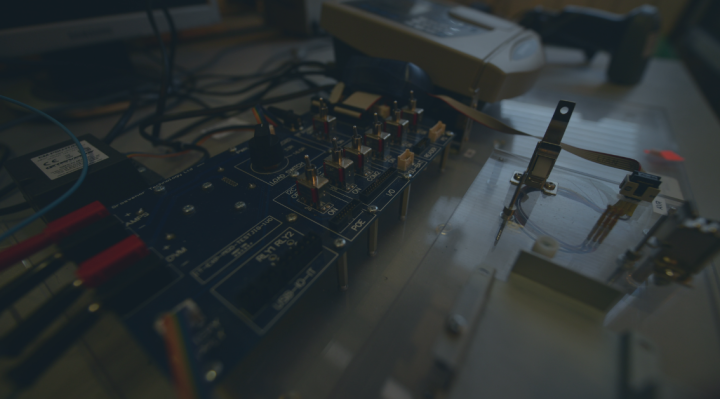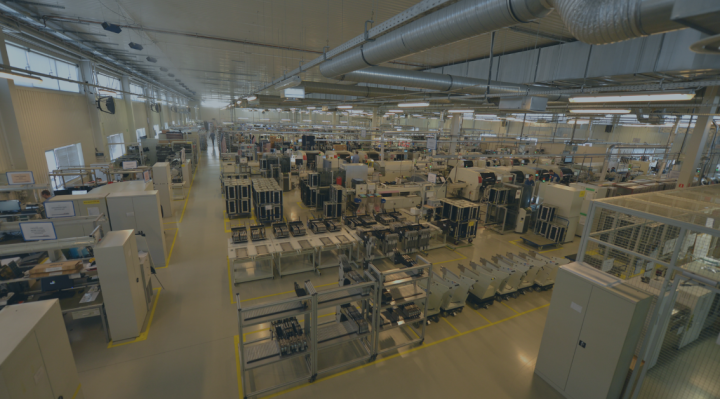If you've ever opened a modern electronic device, then you've likely examined tiny components soldered onto a circuit board directly. These are surface-mount devices (SMDs), the bread and butter of electronics production today. SMDs are contrasted with older through-hole components, which are heavy, large in size, and designed to be assembled by hand.
What exactly are SMD components, though, and how do they differ from traditional electronic components? Through-Hole Technology (THT) and Surface Mount Technology (SMT) will be compared in this article, along with their differences and the types of SMD components used in modern electronics. In order to guarantee that SMD components are soldered and positioned correctly, we will conclude by going over quality control and inspection techniques.
Recognizing the Distinction In contrast to SMD
Surface Mount Devices (SMDs) and Surface Mount Technology (SMT) are not synonymous, despite what many people think.
The process of mounting a component onto a PCB is known as SMT. It replaces the hole drilling procedure and allows automated assembly, which speeds up and improves the efficiency of electronics manufacturing. Solder paste application, component placement using a pick-and-place machine, and board heating in a reflow oven are some of the steps involved in SMT.
SMD, however, refers to the actual components that are fixed onto the PCB via the SMT process. They are resistors, capacitors, diodes, transistors, and ICs, all to be mounted on the surface of the PCB rather than being pushed through holes.
To illustrate the SMT process, let's take a look at some of the primary machines:
- The PCB is coated with solder paste using a solder paste printer.
- Pick-and-Place Machine places SMD components precisely.
- Components are secured by heating the solder paste in a reflow oven.
- Soldering flaws are detected by Automated Optical Inspection (AOI).
- For concealed solder joints in BGA and QFN packages, X-ray inspection is utilised.
Without SMT, modern devices like laptops, smartphones, and medical equipment wouldn't be as compact and efficient.
What's the Difference Between SMD and THT?
Through-Hole Technology (THT) was the main technique used to assemble electronic components prior to SMDs becoming widely used. THT entails hand or wave soldering component leads into drilled PCB holes.
SMDs have largely supplanted THT components in consumer electronics and high-speed circuits, although they are still utilised in applications that demand strong mechanical bonds, such as power electronics and aerospace systems. Size is one of the primary distinctions between the two technologies. SMDs are much smaller and therefore are ideal for today's miniaturised equipment. Secondly, SMT mounting is highly automatic, which saves on labour cost and enhances the manufacturing speed, whereas in THT, manual soldering might be needed, which would reduce the speed.
The THT components structurally have long leads, which need to be screwed into holes within the PCB, whereas SMD components have no leads or very short leads, so they can be fitted flat onto the board surface. This also affects the electrical performance—SMD components have lower inductance and resistance, and therefore are a good option when high-frequency applications are needed. Although they have their benefits, SMDs are also more prone to mechanical stress and more difficult to maintain compared to THT components. But their reduced size, affordability, and excellent performance have won them the hearts to become the technology of choice in contemporary electronics production.
Types of SMD Components
SMD components fall into a number of categories, such as electromechanical components, semiconductor devices, and passive components. Let's take a closer look at each category.
Passive Components
SMD Resistors - Essential parts of electronics that divide voltage and limit current. Common types of SMD resistors include:
• Thick-film resistors, which are the most popular kind and come in a range of package sizes (0402, 0603, 0805, etc.).
• Thin-film resistors are more accurate and stable than thick-film resistors.
• Network resistors: These single-package resistors are used in signal processing.
SMD Capacitors - Store and release electrical energy. The following are the primary varieties of SMD capacitors:
• Ceramic capacitors (MLCC) are used extensively due to their reliability and small size.
• Tantalum Capacitors offer improved stability and higher capacitance values.
• Electrolytic Capacitors are used in power circuits where higher capacitance is required.
SMD Inductors & Transformers - Circuits for power supplies and signal filtering depend on inductors and transformers. Typical kinds consist of:
• Wire-wound inductors are used in high-current applications.
• Ferrite bead inductors are used to reduce high-frequency noise.
• Miniature transformers are found in DC-DC converters and power supplies
Semiconductor Equipment
SMD Transistors and Diodes - Signal rectification, switching, and amplification all require transistors and diodes. Examples include:
• Schottky diodes, which have a low forward voltage drop and are perfect for high-speed switching.
• Zener diodes are used to control voltage.
• Circuits for power management and amplification use MOSFETs and BJTs.
Packages for Integrated Circuits (ICs) - Integrated circuits (ICs) are electronic devices' brains. There are various kinds of packaging available for various uses:
• Ball Grid Array (BGA) - Processors and memory chips use this high-density package.
• Quad Flat No-Lead (QFN) - A small, heat-efficient package.
• Quad Flat Package (QFP) - An extended-lead conventional IC package.
• Small Outline Package (SOP, SSOP, TSSOP) – Used for compact applications.
Oscillators and Crystals - Clock signals for processors and communication circuits are produced by oscillators and crystals. The components of SMD versions include:
• Stable frequency references are provided by quartz crystals.
• For timing applications, oscillator modules produce accurate clock signals.
Inspection and Quality Control of SMD Components
To verify the quality of SMD components, specific testing and inspection techniques must be applied. This is what manufacturers do to ensure high levels of quality:
Automated Optical Inspection (AOI) - AOI systems use 3D imaging and high-definition cameras to identify defects like soldering, misalignment, and missing parts. The process is fast and perfect for mass production.
X-ray Inspection - The hidden solder joints in BGA and QFN packages require X-ray examination. It enables the detection of flaws that AOI cannot test, such as voids, cracks, and cold solder joints.
In-Circuit Testing (ICT) - ICT is used for testing individual components on a PCB electrically. It can verify open circuits, short circuits, and incorrect component values for functional dependability.
Manual Measurement and Testing - To validate further, RLCD meters are used to measure resistance, inductance, capacitance, and diode parameters. Oscilloscopes are also used to investigate signal integrity in complex circuits.
Conclusion
SMD devices are the basis of modern electronics, making possible compact, energy-efficient, and high-performance gadgets. Improved processes in SMT and inspection techniques enable the manufacturing companies to make high-quality assemblies at low cost. Familiarity with different types of SMD components, their advantage over THT, and the intensive testing processes engaged in manufacturing ensures that electronic products meet industry standards.
As technology grows, so will the application of SMD components in the next generation of electronic devices.







